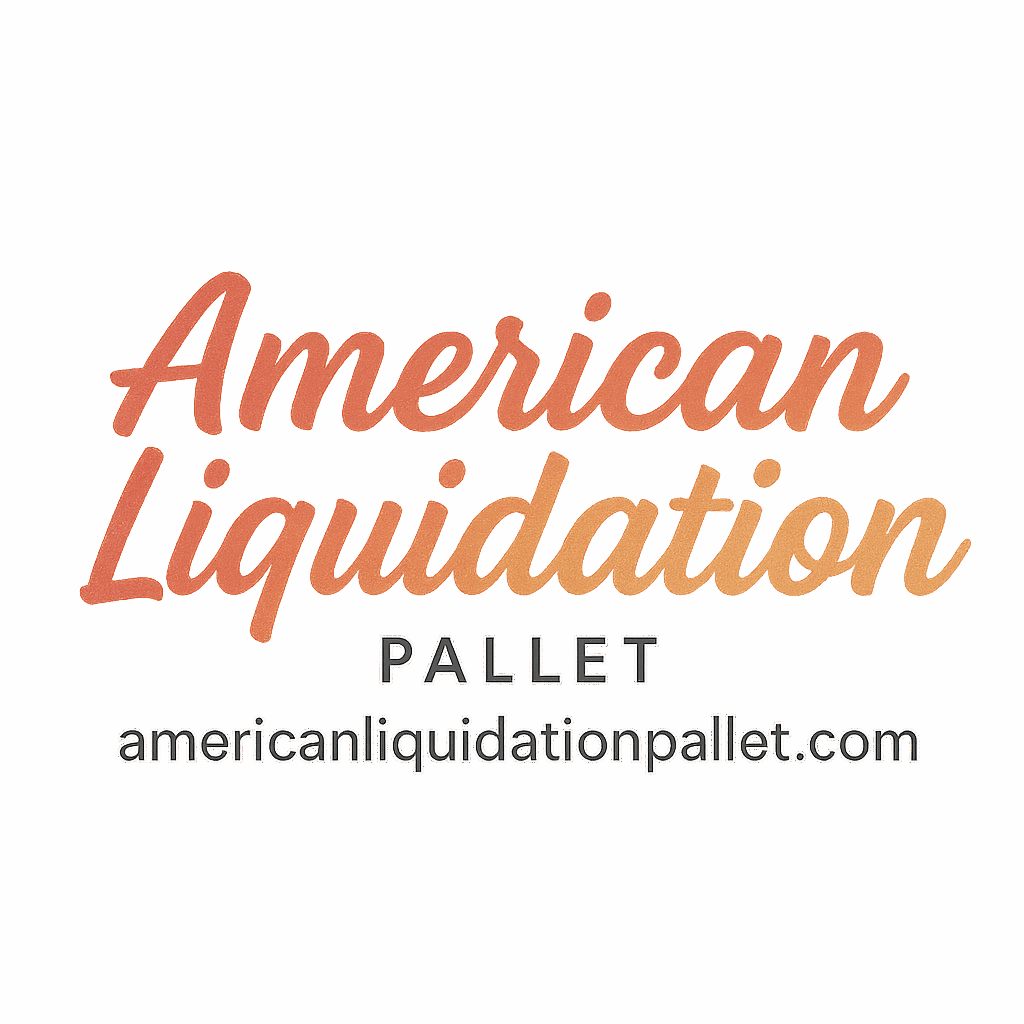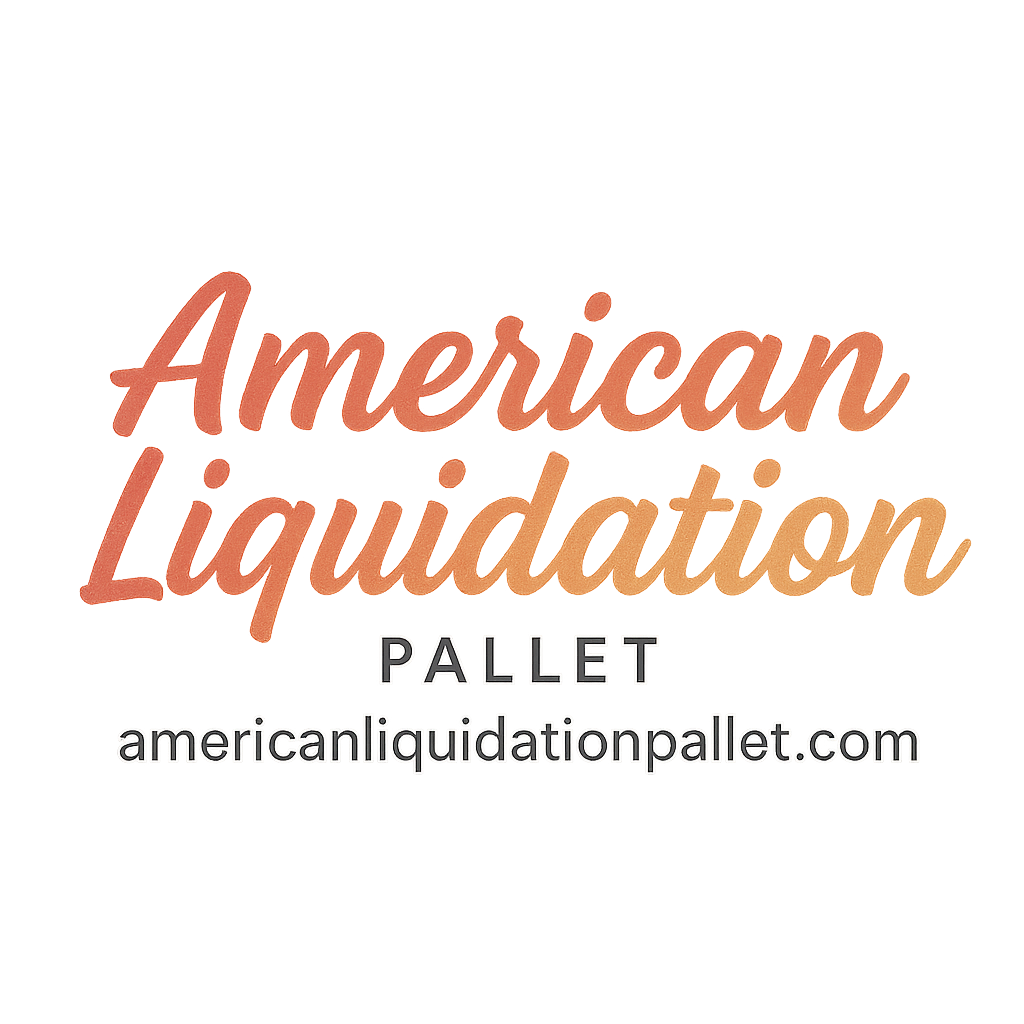Diving into the world of American liquidation can feel like jumping into a treasure hunt—with the right map, you’ll find gold. But go in blind, and you might just end up with a pallet full of broken dreams. Whether you’re a side hustler or want to go full-time flipping pallets, here are 10 must-know things before you start your journey.
Let’s unpack everything—from what liquidation is to how you can turn someone’s returns into your profit.
1. What is American Liquidation?
Understanding the Concept
American liquidation involves buying and reselling surplus, overstock, customer returns, or shelf-pull items from major retailers. These products are bundled into “liquidation pallets” and sold at a fraction of their retail value.
If you’re new to this, check out the Basics of American Liquidation to get a clear starting point.
Why It’s Booming Now
E-commerce giants like Amazon and Walmart deal with tons of returns and excess inventory. That means a constant flow of products ready to be flipped. Thanks to online marketplaces and platforms like American Liquidation Pallet, it’s never been easier to jump into this booming industry.
2. Types of Liquidation Pallets You Can Buy
Not all pallets are created equal. Here’s the breakdown:
Customer Returns
These items were bought and sent back. Some are unused, while others may have minor flaws. They’re risky but often come with the biggest rewards.
Overstock & Shelf Pulls
These are brand-new products that didn’t sell fast enough in stores. If you’re after quality with less risk, this is your gold mine.
Salvage Pallets
These can contain broken, heavily used, or damaged items. Great for parts or if you have repair skills—but definitely not for beginners.
3. Best Places to Buy Liquidation Pallets
Knowing where to source is half the battle.
Explore our guide to buying and sourcing liquidation pallets.
Online Auctions
Sites like Liquidation.com, B-Stock, and others offer loads of inventory. But you’ll be bidding against experienced flippers.
Direct Wholesalers
Some wholesalers offer curated pallets with manifest lists so you know exactly what you’re getting.
Local Liquidation Warehouses
Find a spot near you and skip the shipping costs. Bonus: you can often inspect the pallets in person.

4. The Truth About Profit Margins
How Much Can You Really Make?
Some sellers report doubling or tripling their investment. Buy a pallet for $500, sell for $1,500? Possible. But it depends on product condition, niche, and your hustle.
Check out real-world success stories and case studies for inspiration.
Risks to Watch Out For
Not every box is a jackpot. Sometimes, items are damaged, outdated, or not as listed. Always read the manifest and terms.
5. How to Spot a Scam
It’s a jungle out there—stay sharp.
Red Flags to Avoid
- No business contact info
- No manifest provided
- Prices that seem too good to be true
- Payment via wire transfers or crypto only
Tips for Staying Safe
Stick to well-reviewed sellers, use secure payment methods, and don’t skip the research. The tips, trends, and strategies section of our site can help guide your way.
6. Start-Up Costs You Should Know
Budget Breakdown
You’ll need at least $500–$1,000 to get rolling with one pallet. But also consider:
- Storage (garage or rented space)
- Transportation
- Packing materials
Hidden Expenses
Returns, listing fees, shipping to customers—it adds up fast. Keep a buffer fund ready.
7. Finding the Right Niche
Electronics, Fashion, Home Goods, or Mixed Lots?
Picking a niche helps you understand your products and audience. If you’re tech-savvy, go for electronics. Love fashion? Apparel could be your thing. Test different categories to find what sells best.
Explore tag: beginner tips for guidance if you’re unsure where to begin.
8. Selling Your Liquidation Goods
eBay, Amazon, Facebook Marketplace
Each platform has its own rules and audiences. Facebook is great for local flips; eBay is gold for rare items; Amazon suits high-volume sellers. Don’t be afraid to experiment.
Check our tags on eBay, Amazon, and Facebook for more insights.
Creating Your Own Storefront
Eventually, having your own site means fewer fees and more control. Pair it with social media for maximum exposure.
9. The Power of Research
Understanding Market Demand
Check what’s hot using tools like Google Trends, eBay Sold Listings, or just scrolling TikTok. Selling trendy stuff is half the battle.
Tracking Trends and Pricing
Follow niche hashtags like #growth, #online-sources, and #ecommerce to keep your finger on the pulse.
10. Building a Long-Term Strategy
Scaling Your Business
Once you find your rhythm, consider:
- Buying multiple pallets
- Hiring help for packing/shipping
- Outsourcing listings
Learning from Others’ Success
Check out tag: stories and young entrepreneurs for lessons from real people crushing it in this space.
Conclusion
Starting with American liquidation isn’t just about flipping boxes—it’s about learning the ropes, making smart moves, and building something sustainable. With the right mindset and solid info, you can turn returns into recurring revenue.
Need a head start? Dive into the American Liquidation Pallet homepage and start exploring.
FAQs
1. Can I start American liquidation with less than $500?
Yes, but it’s tight. Look for smaller lots or partner with a friend to split costs.
2. Are liquidation pallets always profitable?
Not always. It depends on what you buy and how you sell. Smart sourcing and research make the difference.
3. Where do most liquidation pallets come from?
Big retailers like Amazon, Walmart, Target, and Home Depot. They offload returns and overstock regularly.
4. What platforms are best for selling liquidation items?
eBay, Facebook Marketplace, Amazon, and even Shopify. It depends on your products and audience.
5. How do I avoid scams in this business?
Buy from reputable platforms, read reviews, and avoid sellers asking for untraceable payments.
6. Should I specialize in one product type?
Eventually, yes. Specializing helps you build expertise, reduce risk, and scale efficiently.
7. Is liquidation reselling a good business in 2025?
Absolutely. With e-commerce booming and returns growing, it’s one of the hottest reselling niches today.


